Date: 23 Dec 2024
What are the most important points when choosing a soil substrate?
How do we know if a soil mix is good for our potted plants? – in this article we will answer this question and more for a great start for your plants. To do this, we will first look at a few basic requirements when choosing a soil mix.
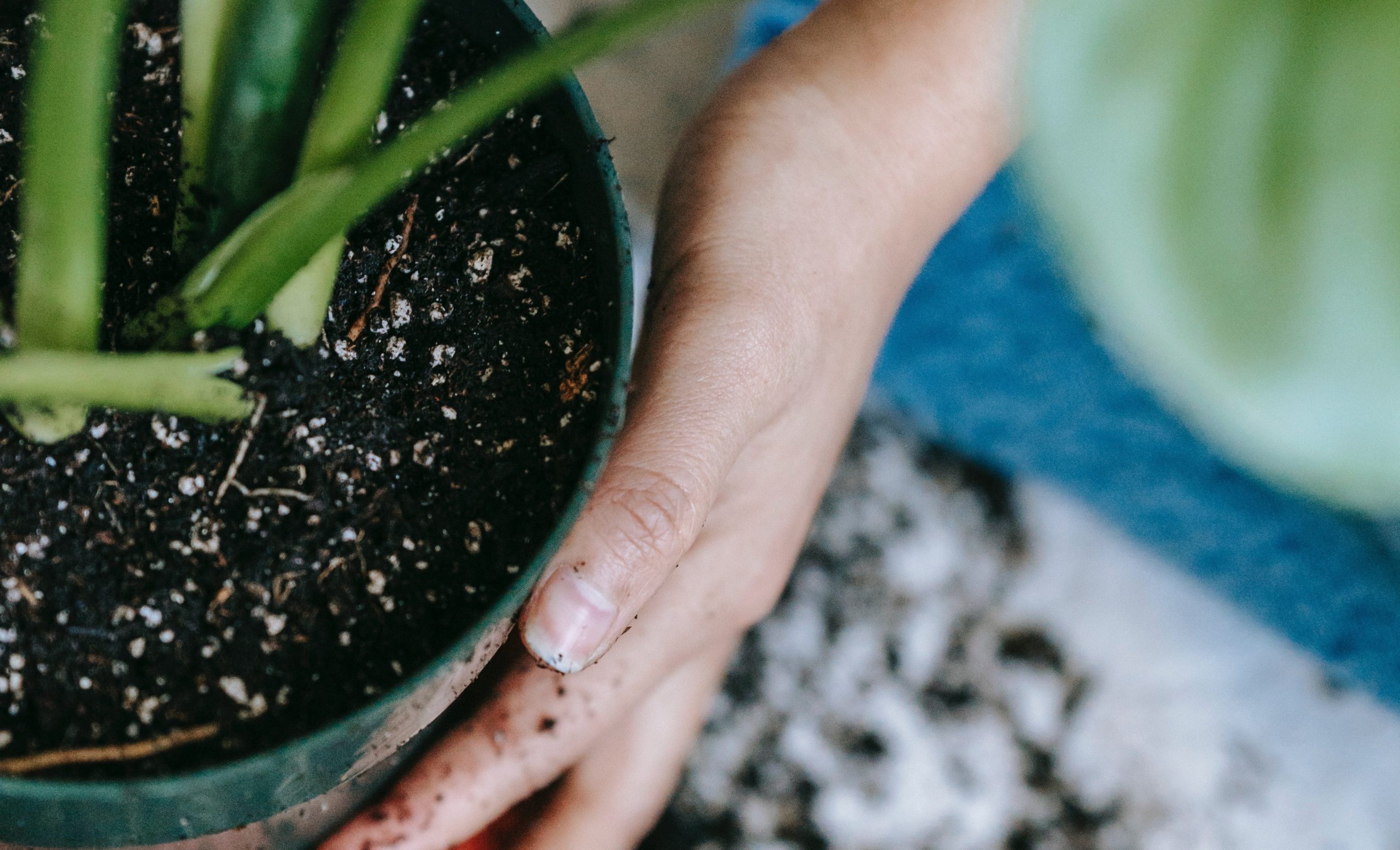
It is important for plants to be able to breathe and not rot after you plant them. A good amount of air in the soil is the foundation that plant roots need to survive.
The soil mix should compact the space around your plant's roots to hold it in place so that it remains stable even in wind. However, the mix should also be light enough to allow water and air to always be present below the soil surface and for your plant's roots to have a balanced atmosphere in which to grow.
Potting soil should be light and fluffy in consistency. Look for potting soil made up of pine bark , perlite , vermiculite , and expanded clay .
Pine bark
Pine bark comes from paper mills and provides moisture and fertilizer retention , as well as a little more air space. After mixing peat moss with pine bark, the soil mixture becomes even more beneficial and helps prolong the action of fertilizers, retaining them in the soil.
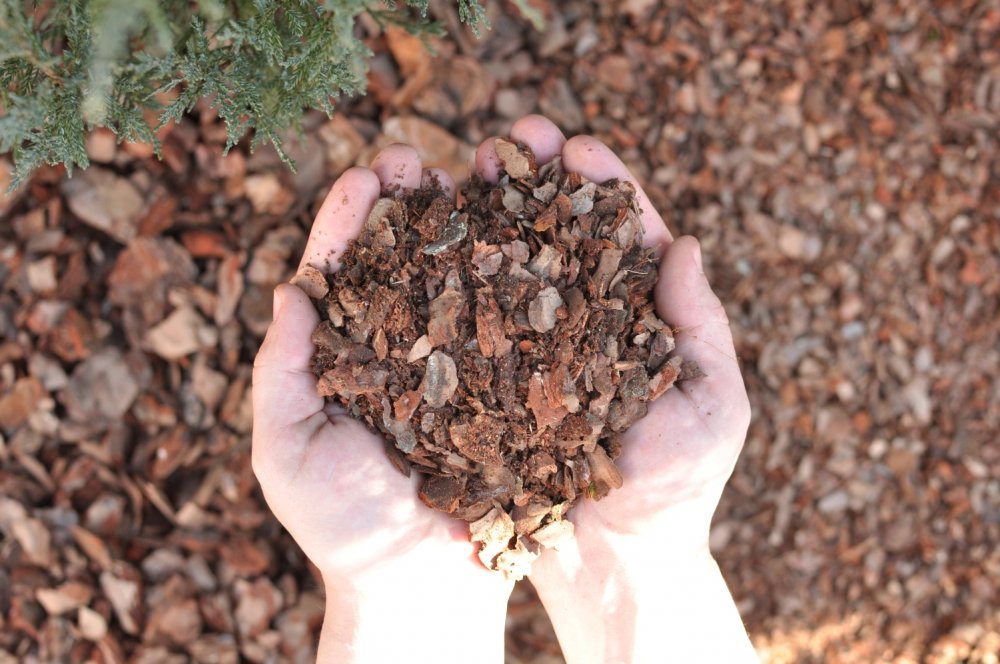
Perlite and vermiculite
What is it?
Perlite is a volcanic glass that expands when heated and becomes a light, porous material similar to pumice. It has a white, granular texture.
Benefits and properties:
- Improves aeration – Perlite makes the soil lighter and looser, improving air movement and the root system.
- Does not retain water excessively – Suitable for plants that do not like excessive moisture.
- pH neutral – Does not affect soil acidity.
- Sterile and rot-resistant – Does not contain disease, mold or bacteria.
Application:
- Mixing with soil to improve drainage.
- As a substrate for rooting cuttings.
- In hydroponic systems.
- For loosening clay soils.
Vermiculite
What is it?
Vermiculite is a mineral from the mica group that, when heat treated, expands into layered, lightweight particles resembling golden or brownish flakes.
Benefits and properties:
- Excellent moisture retention – Absorbs water and gradually releases it to plants.
- Retains nutrients – Preserves minerals such as potassium, calcium and magnesium, making them available to the roots.
- Neutralizes acidity – It has a slightly alkaline effect that can balance acidic soils.
- Improves germination – Often used to cover seeds during germination.
Application:
- Mixing with soil to retain moisture.
- In the medium for rooting cuttings.
- In pots for houseplants that need more water.
- In seedling and composting mixtures.
Perlite vs. Vermiculite – Which one to choose?
- If you have plants that like good drainage (like succulents, cacti) → use perlite .
- If you are growing plants that require more moisture (such as vegetables, seedlings, ferns) → use vermiculite .
- For optimal results, you can combine them - perlite improves drainage, and vermiculite retains moisture.
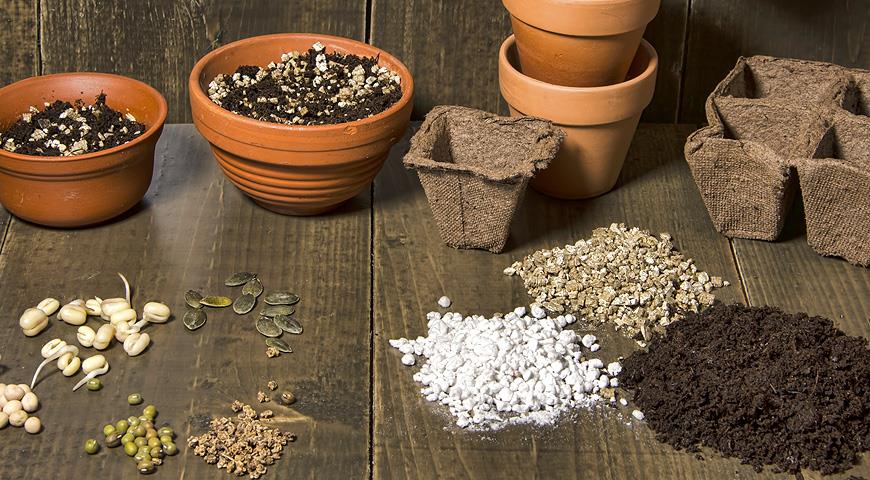
Expanded clay
Expanded clay is an extremely useful material for gardening, especially for drainage, soil aeration, and moisture retention. It is lightweight, porous, and resistant to decomposition, making it ideal for use in pots, beds, and hydroponic systems.
Main benefits of expanded clay in gardening
- Improves drainage – Expanded clay prevents excess water retention, which reduces the risk of root rot.
- Provides good aeration – Helps roots get enough oxygen by making the soil looser.
- Retains moisture and releases it gradually – Suitable for plants that need even hydration.
- Neutral pH and toxin-free – Does not affect soil acidity and does not release harmful substances.
- Protects against mold and pests – When used as mulch, it reduces the risk of mold and fungus.
- Long-lasting and environmentally friendly – It does not degrade and can be used repeatedly.
How to use expanded clay in the garden?
For drainage in pots
- Place a layer of 2-5 cm of expanded clay on the bottom of the pot before adding soil.
- This will prevent overwatering and allow excess water to drain properly.
As a soil additive
- Mix expanded clay with the soil to improve aeration and moisture retention.
- Suitable for clayey and heavy soils that compact easily.
As mulch (surface layer)
- Pour a thin layer of expanded clay (1-3 cm) on the soil around the plants.
- This will prevent the soil from drying out and reduce water evaporation.
- It is especially used for succulents, cacti and ornamental plants .
For hydroponic growing
- Expanded clay can be used as the main substrate in hydroponic systems .
- It retains water and nutrients, providing optimal conditions for the roots.
In raised beds and greenhouses
- It is used to improve drainage when growing vegetables and herbs.
- Its air- and water-permeable properties make it a good choice for greenhouse gardening .
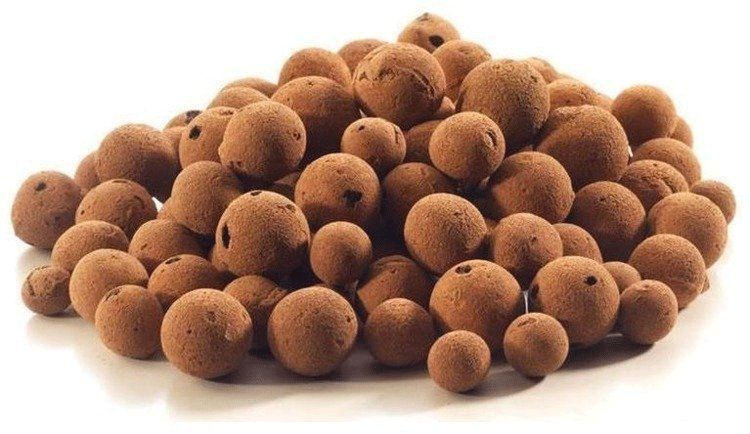
Soils
To make a choice for soil , you should consider primarily the individual preferences of the plants you grow and your experience with already tested soil mixes ! We offer a variety of leading brands on the market: Biobizz Light Mix , Canna Terra Professional Plus , Xpert Nutrients Light Mix and many others.

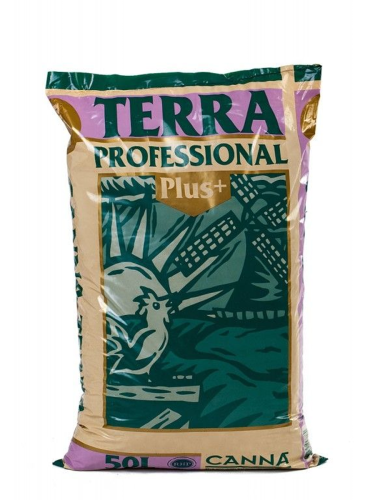

These are the most important aspects when choosing a soil mixture for potted plants ! We hope this article has helped you choose a suitable soil substrate!
If you need growing advice, you can contact us!

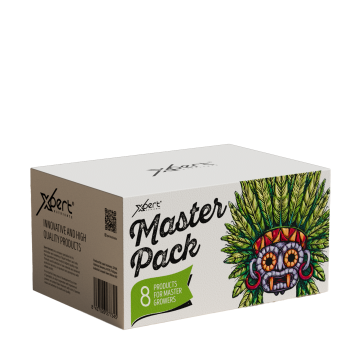
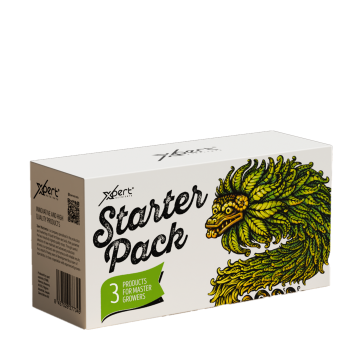
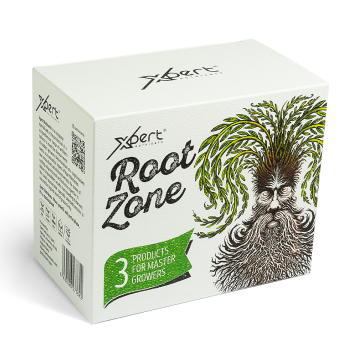
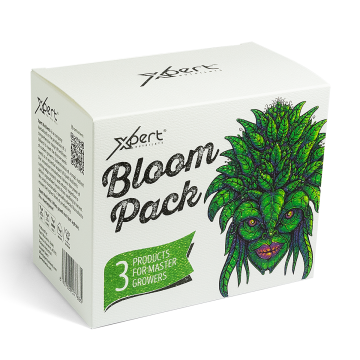
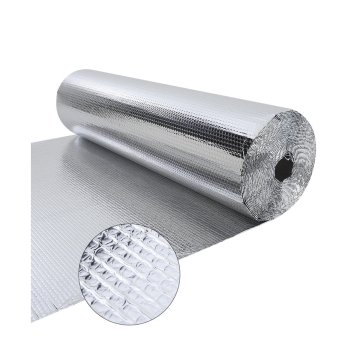
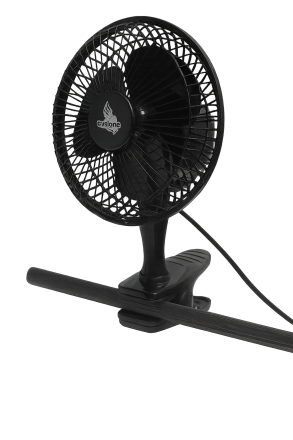
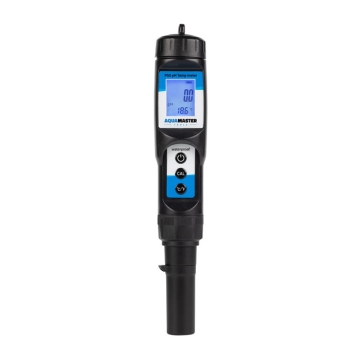
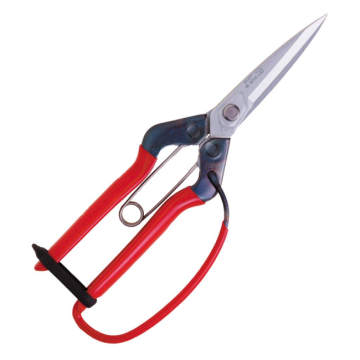
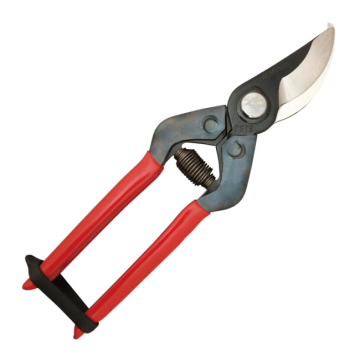
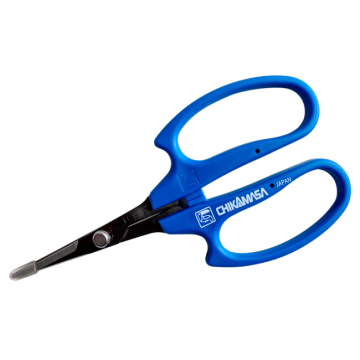
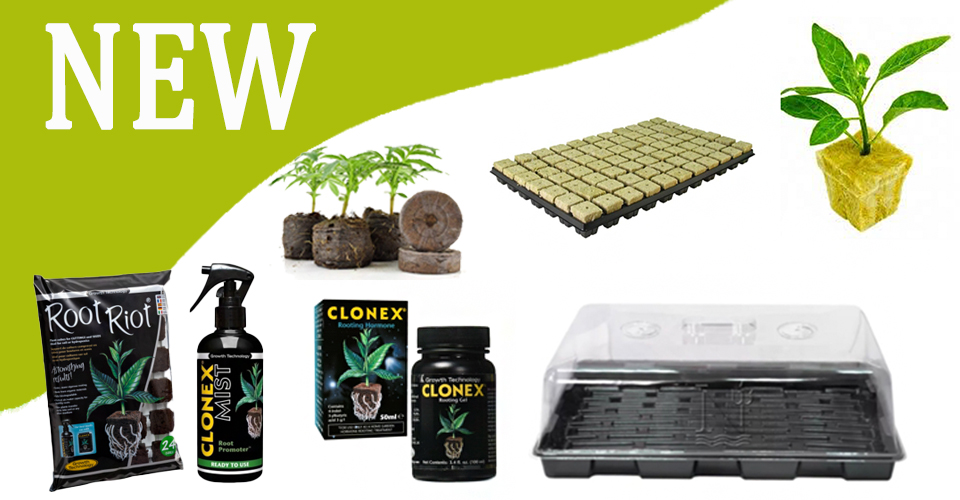
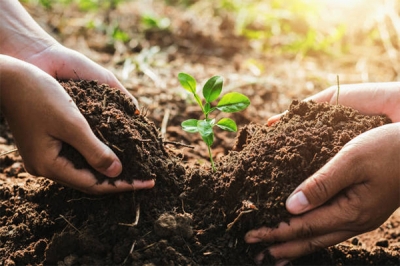



































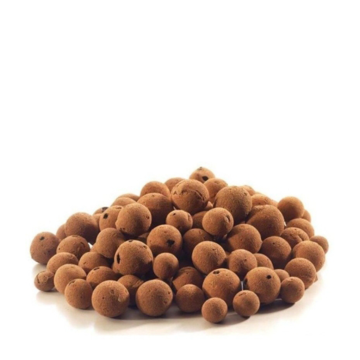
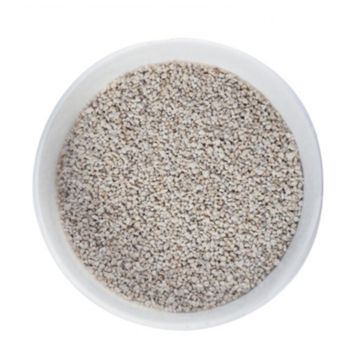
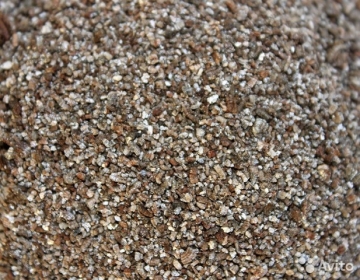
Post comment